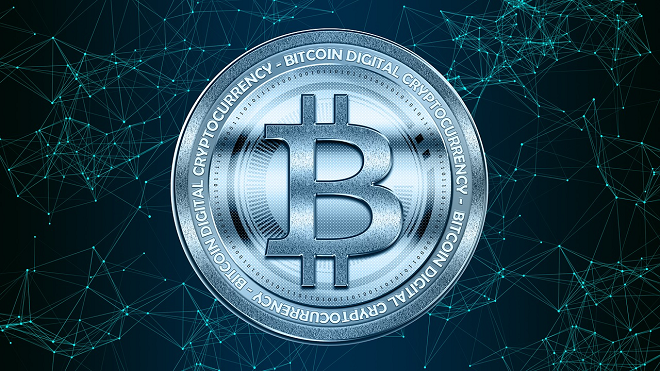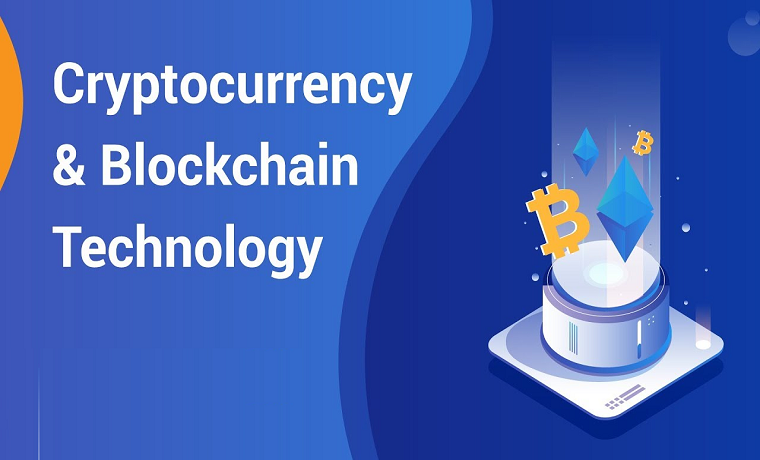Cryptocurrencies have a proven track record of maintaining and rising in value over time. According to a Gemini study, 16 percent of American adults, or about 24 million people, hold cryptocurrency.
The cryptocurrency market runs on something known as a ‘blockchain.’ By 2025, it is estimated that the worldwide blockchain market will be worth $30 billion.
So, what is blockchain technology? Is it just a decentralized ledger that records all transactions? Read on to find out.
How is Blockchain Technology Used in Cryptocurrency?
The most popular application of blockchain is in cryptocurrency. Cryptocurrencies are digital currencies that may be used to purchase goods and services. Bitcoin, Ethereum, and Litecoin are a few examples that top the list.
A blockchain is a form of distributed ledger technology in which information is recorded with an irreversible digital signature known as a hash. By dispersing its functions across a computer network, blockchain enables cryptocurrency to function without a central power.
Here is an overview of blockchain technology in cryptocurrency:
- A blockchain is a database that holds encrypted chunks of data. It then links them together to establish a single source of truth for the data.
- Instead of being duplicated or moved, digital currencies are distributed within the network, resulting in an irreversible trace of an asset.
- The currency in the blockchain is decentralized, providing the public with complete real-time access and openness.
- A visible log of modifications protects the document’s authenticity, fostering trust in the asset.
- For its intrinsic security protocols and mainframe, blockchain is a must-have technology in nearly every industry.
In short, blockchain is an extremely promising and innovative technology. This is because it reduces risk, eliminates fraud, and increases transparency in a scalable manner for various applications.

Cryptocurrencies that Follow the Blockchain Technology
Bitcoin (BTC)
Despite its significant volatility throughout its existence, it remains the most popular and highly valuable cryptocurrency. Bitcoin is the first cryptocurrency, established in 2009 by someone using the pseudonym Satoshi Nakamoto.
Bitcoin had around 330,000 money transfers in December 2020, increasing to approximately 400,000 in early January 2021.
The BTC price (rate) today is about 40,603.54 AUD.
Bitcoin now has a market cap of 632.7B.
Litecoin (LTC)
Litecoin varies from Bitcoin in several ways, including a quicker block creation rate and the use of Scrypt as a proof of work method. Litecoin is a cryptocurrency that was developed in October 2011 by Charles “Charlie” Lee.
Following a high in September 2020, Litecoin’s transaction volume fell by over 40% in the first months of 2021.
The LTC price today is about 106.46 AUD.
As of now, Litecoin has a market cap of 9.77B.
Ethereum (ETH)
Ether (ETH) is the Ethereum network’s money. It is an accessible blockchain on which developers may create apps as well as other cryptos. It is also the second most valuable cryptocurrency in terms of market capitalization.
In early 2021, the cryptocurrency Ethereum was processed over one million times per day. It had a rate that has been relatively steady in previous years.
The ETH price (rate) today is about 2,470.40 AUD.
Ethereum has a market cap of 500B.
The Merits of the Blockchain Technology
In reality, blockchain is more sophisticated than traditional marketing. So, what exactly are the advantages of blockchain technology?
- An organization may use blockchain to create a completely decentralized network. This increases the platform’s transparency.
- In comparison to previous platforms or record-keeping methods, blockchain technology employs improved security.
- Businesses may save money by eliminating the need for third-party providers by utilizing blockchain.
- The supply chain is becoming more open than ever before. It allows each party to track the products and verify that they are not being replaced or mishandled along the supply chain process.
- Blockchain eliminates time-consuming processes and optimizes them to increase productivity.
The Frame Behind the Blockchain Technology
Blockchain is made up of three core ideas: blocks, miners, and nodes.
Blocks
A nonce creates a cryptographic hash (the digital signature) when the very first block of a network is produced. Unless processed, the block’s data is regarded as signed and remains connected to the nonce and hash.
Every chain contains many blocks, each of which contains three fundamental elements:
- The information in the block.
- When a block is formed, the nonce is generated at random. This results in the generation of a block header hash.
- It must begin with a large number of zeroes.
Miners
Each block in a blockchain has its distinct nonce and hash. As a result, extracting a block is difficult, especially on long chains. Mining is the process through which miners add new blocks to the chain.
Modifying any previous block in the chain requires re-mining the changed block and all the subsequent blocks. This is why changing or hacking into blockchain technology is so tough.
Whenever a block is effectively mined, the update is acknowledged by all of the network’s nodes, and the miner is monetarily compensated.
Nodes
Decentralization is an essential idea in blockchain technology.
A single computer or organization cannot own the chain. Rather, blockchain is a distributed ledger through the nodes in the chain. Nodes are any technological devices that retain the blockchain’s copies and keep the system running.
Each node has a copy of the ledger. To upgrade, recognize, and validate the chain, the networks must programmatically approve every freshly mined block.
Summing Up
Unlike cash, cryptocurrency employs blockchain to serve as both a shared database and an improved cryptographic security system. This ensures that online transactions are documented and safe.
It appears that blockchain’s rapid growth is beginning to take foundation in reality rather than being sheer brilliance.
Blockchain offers virtually limitless uses in almost every sector besides cryptocurrency.

